Virtual desktop infrastructure (VDI) has evolved from bulky, high-maintenance systems into flexible, secure, and cost-effective desktop virtualization solutions. As more businesses shift to remote and hybrid work, the demand for reliable VDI desktop virtualization has grown fast. Legacy systems no longer meet the performance or security needs of users, and that’s why companies are moving toward solutions like Inuvika OVD Enterprise. With lower costs, easier management, and broad compatibility, modern VDI is helping IT teams simplify operations while delivering a better user experience.
From Hardware Headaches to Virtual Desktops
A decade ago, managing desktops meant managing hardware, desktops in offices, software installs, endless updates, and constant troubleshooting. As businesses grew, so did the complexity.
Early VDI (Virtual Desktop Infrastructure) offered a centralized way to host desktops and apps, but adoption was slow. Why? High infrastructure costs, licensing complexity, and limited flexibility kept many organizations on the sidelines.
Fast forward to today, and VDI desktop virtualization has changed dramatically. Companies are moving away from legacy systems in favor of lightweight, scalable virtual desktop solutions that offer consistent user experiences, whether employees are remote, hybrid, or in-office.
What’s Driving the Shift?
Modern VDI platforms like Inuvika OVD Enterprise are purpose-built to solve the problems legacy systems couldn’t.
- Lower total cost of ownership (TCO): Companies can reduce costs by up to 60% compared to traditional solutions like VMware Horizon or Citrix.
- Simplified deployment: IT teams no longer need weeks to configure environments. With streamlined installation and intuitive interfaces, setup takes less time and fewer resources.
- Cross-platform access: Whether users are on Windows, Linux, macOS, or even Chromebooks, they get a consistent virtual experience.
The result? Less time managing infrastructure, more time supporting strategic IT goals.
Beyond the Basics: VDI Desktop Virtualization in 2025
What makes modern VDI desktop virtualization so powerful isn’t just the cost savings; it’s the flexibility it gives businesses.
Organizations can now:
- Deploy virtual desktops on-prem, in the cloud, or in hybrid environments.
- Manage hundreds of users from a single interface.
- Scale up or down without overhauling infrastructure.
And unlike older systems, modern desktop virtualization software is designed with security in mind. Encryption, centralized access control, and minimal data transfer to endpoints help businesses protect sensitive information, even in remote environments.
Why Legacy Systems Can’t Keep Up
The pressure to modernize isn’t just about efficiency; it’s about survival.
Legacy desktop infrastructure struggles to support the demands of hybrid work. It’s expensive to maintain, tough to scale, and leaves too many gaps in security. Plus, ongoing vendor changes (like the Broadcom acquisition of VMware and subsequent resale of Horizon to Omnissa) are pushing companies to look for VMware alternatives that offer more transparency, better support, and less complexity.
That’s where Inuvika fits in. It delivers the core benefits of VDI desktop virtualization, centralized delivery, multi-device access, and strong security, without locking organizations into rigid licensing or complex server requirements.
What Makes a Strong VDI Platform?
If you’re evaluating desktop virtualization software today, the priorities have shifted.
You’re no longer just asking: “Does it work?”
You’re asking: “Will this simplify IT and support long-term business goals?”
A modern VDI platform should:
- Run efficiently across diverse environments. Inuvika OVD Enterprise runs on any hypervisor.
- Offer full support for both Windows and Linux apps.
- Let users access their workspace from any device, no extra installs required.
- Reduce your IT burden, not increase it.
Inuvika’s architecture is designed with these goals in mind. It’s built for performance, but doesn’t demand heavy resources. It’s user-friendly, but secure. And most importantly, it adapts to your needs, not the other way around.
The Road Ahead: Why VDI Will Keep Growing
The move toward desktop virtualization is only gaining momentum.
As edge computing, zero trust access, and hybrid work models become standard, organizations need infrastructure that adapts fast. VDI desktop virtualization is built to deliver that agility.
While competitors hype features that don’t match real-world needs, platforms like Inuvika stay focused on what matters: performance, simplicity, and value.
Final Takeaway
VDI desktop virtualization is no longer just an upgrade; it’s a strategy. It gives businesses control, security, and flexibility without the heavy investment that legacy systems demand. With a modern solution like Inuvika OVD Enterprise, companies can leave behind outdated tools and move forward with infrastructure that’s lighter, faster, and built for the way we work now.

